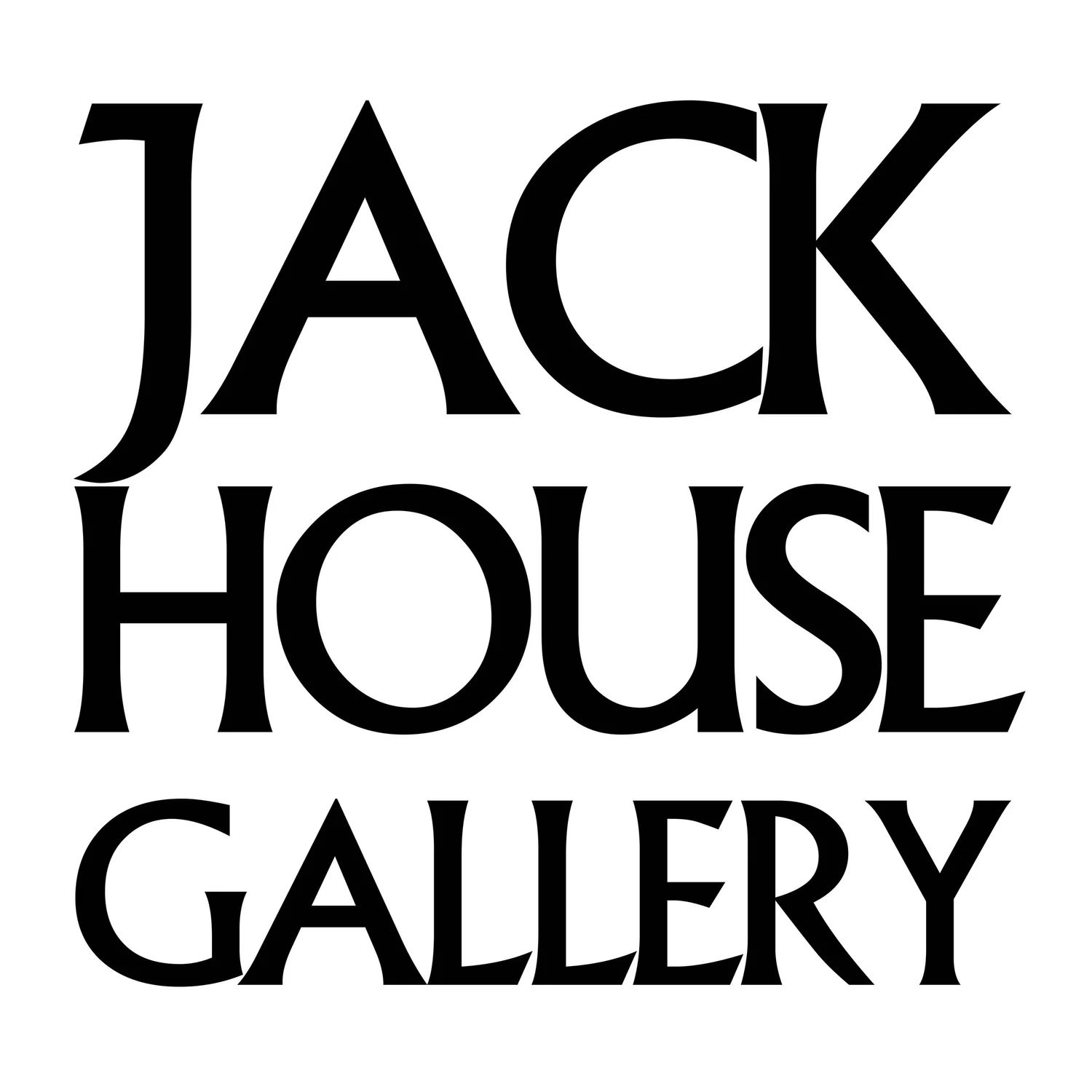continuing the Chainmail Project
STASiS
Amartey Golding
Starting work in the gallery 20th July
Closing 17th August
Private View Thursday 25th July 6-8pm
EVENT Amartey Golding & Jeannie Driver on the Sofa
Thursday 15th August 6pm FREE
For this project Golding worked closely with fabricators in Brighton and the Portsmouth dockyards to build new steel chainmail sculptures. At given intervals a sculpture is spun at increasing speeds until it opens out, spanning over 2 metres in diameter. STASiS builds upon Golding’s most recent project Chainmail, a series of films that followed intense fictional ceremonies in which men wear elaborate chainmail garments weighing more than their body weight until they collapse from exhaustion.
Chainmail is a material that is simultaneously a symbol of protection and violence and is used by Golding as a reminder of the contradictions we hold, both as individuals and within our collective history. Its purpose is to protect the life of the chainmail wearer, in turn giving them the ability to strike and take the life of another. These contradictions– set against Portsmouth’s shipping, military and colonial past– are the starting point for Golding’s project.
The historical harbour and naval base are the crowning glory of Portsmouth. From 1495 when it hosted the world’s first dry dock to the 1800’s when it became the largest industrial complex in the world, Portsmouth’s maritime infrastructure played a significant role in Britain’s success across the globe. Between 1699 and 1711, eight slave ships left Portsmouth for Africa and throughout the transatlantic slave trade, both British and French slave vessels returned to Portsmouth. In 1808, after Parliament passed the Slave Trade Act of 1807, the Royal Navy established the West Africa Squadron with its home base being in Portsmouth. The Squadron captured 1,600 slave ships between 1808 and 1860, freeing 150,000 people.
The opposite roles Portsmouth played in the slave trade exemplify Britain's conflicting legacies. In a time when we, as a country, so clearly need balance, how do we go about finding it? STASiS questions whether opposing identities can co-exist within an object without having to deny the potency of the other. This search for balance is seen in Golding’s new series of chainmail sculptures, the largest of which weighs 126kg and is made of 153,780 handmade links.
Golding originally intended the spinning sculptures to be perfectly balanced, however the search for balance proved to be an elusive one. When observing the still sculptures, any slight flaw is invisible to the naked eye; a fractionally smaller link on one side or an extra piece on the other is negligible. Yet, once it starts moving, the seemingly insignificant imbalances become more prevalent and destabilising until they throw the entire sculpture violently off its axis, turning the momentum into a destructive force with potentially serious consequences.
Reflecting on this destructive outcome Golding says “it’s hard not to see the imbalances in the metal as mirroring the imbalances in us. Each spinning sculpture aims to achieve its own balance, its own stability. Some will fail and some will succeed.”
STASiS is presented by Jack House Gallery, Portsmouth, in association with Forma Arts & Media.
STASiS is a continuing part of Amartey Golding’s Chainmail Project which started here in Autumn 2016, went onto London for LAF17 and returned again with ‘Is it just me, or is it you? in 2018. The project has so far seen the making of 3 films, a series of photographs and some extraordinary pieces of sculptural chainmail ‘gear’including the jacket which had to be brought in by crane. Accommodating the next part of the developing project promises to be rather more challenging as it will be a very large scale piece of sculpture using chainmail. This one will be heavier and it will move! There are no pictures available yet but expect it to be as powerful and beautiful as the other elements of the project.
This part of the project is supported by Forma Arts & Media & Arts Council England.




